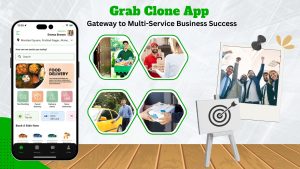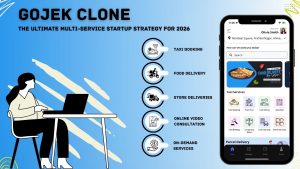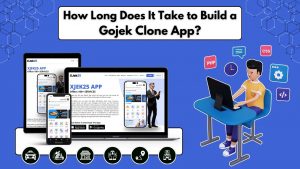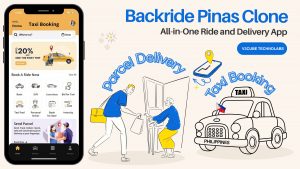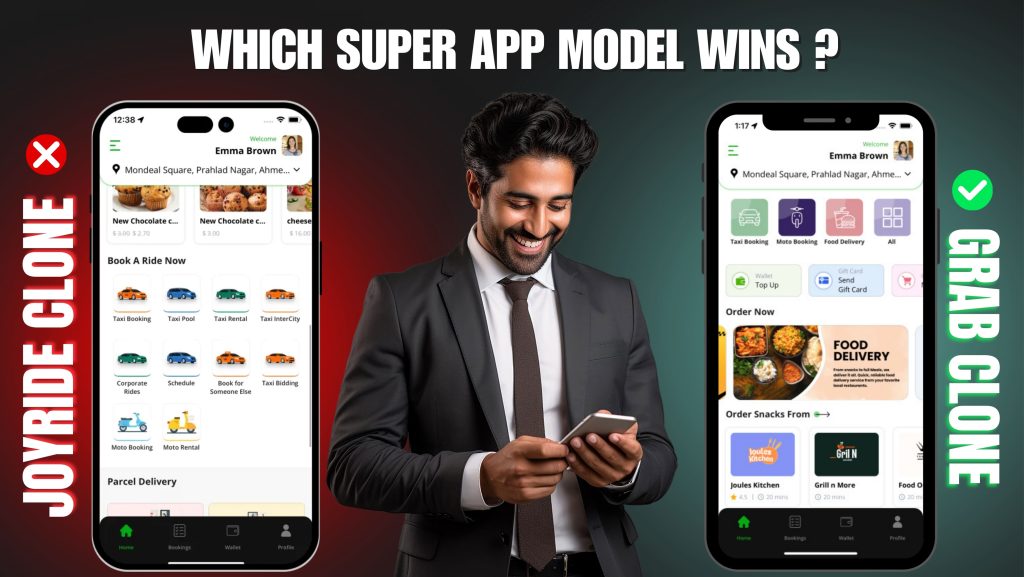
Hey there, future mobility moguls and B2B decision-makers! If you’re considering launching or investing in a ride-hailing / super app / multi-service platform business in Southeast Asia (especially the Philippines), you’re probably asking: Which is better, Grab or JoyRide? More precisely: which model gives you the best foundation (and lessons) for defensible growth?
Understanding Grab and JoyRide
Grab is the undisputed heavyweight in Southeast Asia’s ride-hailing ecosystem. It initially began as a cab-booking app but turned into a Super App that provided ride-hailing, food delivery, grocery delivery, logistics, digital payments, and more. Its strength is its multi-service ecosystem, where users open Grab for various daily needs, building high retention and cross-service engagement.
JoyRide, in contrast, is a domestic Filipino upstart with an acute focus on motorcycle taxis, car rides, and deliveries. JoyRide excels by knowing the local market cheap fares, agile operations, and quick response to regulations make it a competitive favorite in markets where Grab may take a little longer to respond. Though its service scope is narrower, JoyRide’s local focus tends to win customer affection.
Usability studies also present a consistent narrative: comparative studies of these apps in the Philippines have repeatedly seen Grab rank higher on overall functionality and usability, but new local entrants such as JoyRide are bridging the gap by emphasizing affordability and service niches. That allows JoyRide to beat Grab in chosen segments even if Grab dominates in sheer presence.
Measuring Key Factors
1. Service Breadth: Grab has the hands-down advantage in terms of breadth of sheer variety of transport, deliveries, payments, and logistics all within a single app. JoyRide is more specialized but leads in niche sectors such as motorcycle taxis and small parcel delivery.
2. User Experience: Grab provides a clean, mature experience that attracts urban users who prioritize reliability and convenience. JoyRide’s app is less complex but quick, responsive, and localized.
3. Pricing Strategy: JoyRide tends to undercut Grab in certain segments, providing affordability and local promotions. Grab’s prices are higher but with guarantees and wider service coverage.
4. Market Strategy: Grab is dependent on scale, brand, and cross-product integration. JoyRide uses local experience, operating flexibility, and concentrated verticals to compete efficiently.
More:
- Grab has a wide presence in Southeast Asia with operations in several countries, while JoyRide has a presence in the Philippines only and is slowly growing locally.
- Grab brands itself as a Super App that provides rides, delivery, payments, finance, and parcels. JoyRide, however, is a multi-service platform offering motorcycle taxis, car rides, parcel delivery, and errands.
- Technologically, Grab is based on a closed, complex, and proprietary tech stack, while JoyRide leans on a proprietary though regionally customized system that is better aligned with its local market.
Clone App Approach
When folks talk about a “Clone App,” they don’t mean a literal carbon copy. They mean a modular, ready-to-customize multi-service platform that mirrors the essential architecture, flows, and business logic of a Super App. You brand, localize, and extend, you don’t just copy blindly.
Further the blog, walk you through the architecture, the modules, the tradeoffs, and how this fits into your product strategy.
Things in a Super App Script
- User App: Booking rides, ordering food, and booking for assorted services, basically.
- Driver/Courier-App: This is where service providers take care of booking and delivery management.
- Store/Merchant App/Dashboard: For restaurants, shops, and pharmacies to manage their goods, orders, and availability. It syncs inventory, issues refunds, and manages promo codes, all from one place.
- Admin Dashboard: Operations monitoring, user and service management, and data analysis are tasks performed here.
- Payment Integration: This ensures various payment gateways are supported so payments go through smoothly.
- Real-Time Tracking: Users can see the rides and deliveries occurring in real time.
- Multi-Language & Multi-Currency Support: This is useful in catering to a wide variety of users.
The Real-World Scenario: A Day in the Life of Super App
Imagine:
- A customer orders a pizza for the meeting that is delivered, tracked, and paid for instantly through the app.
- Using the same app, they have their ride booked to the airport for their business trip while calling a Genie for delivery to pick up the documents left at the hotel.
- Restaurant partners handle orders and payments directly, and taxi drivers can accept passenger and parcel jobs from their digital web panel and earn even more income from those jobs. It’s frictionless, all-in-one, digital commerce the Grab Clone way.
Real Benefits
Here’s what launching your own super app could mean to you:
- Lower churn: Users will stick around when they can find everything in one app.
- Higher revenue potential: One customer can generate multiple revenue streams.
- Stronger brand: You’re not just an app; you’re a part of your users’ daily routine.
- More data: Knowing what your users are looking for is more powerful than ever.
- Better margins: Owning the tech means you get to control the profits.
Revenue Streams That Keep Your Super App Thriving
To be honest, launching a Super App isn’t just about connecting riders, drivers, or food lovers. It’s about creating a money-making machine that operates even while you sleep. The great thing about this model is that there are multiple revenue streams designed to keep cash flowing in while keeping your users and partners happy. Here’s what I mean by that:
In-App Advertisement
Think of your app as more than a platform, it’s a digital billboard brimming with possibilities. There are so many possibilities with this. To put it simply, by displaying banner ads from restaurants, cafes, and/or third-party ad networks, you’ll earn money each time a user clicks or engages in an ad. It’s that simple.
Commission from Stores & Restaurants
Each order made through your platform earns you a slice of the pie. Restaurants and stores are thrilled to get extra orders, while you quietly grow your revenue base in the background.
Membership Subscription Plans
Drivers are your backbone, so why not offer them subscription perks? Monthly, weekly, or annual plans with features like higher visibility, loyalty rewards, or priority jobs make them happy and guarantee you a predictable income.
Surge Pricing
Busy Friday night? Rainy morning rush? Surge pricing ensures your fares climb when demand peaks. Drivers earn more, you collect more, and customers still find a ride without endless waiting.
Commission on Completed Bookings
Every completed booking whether it’s a ride, a parcel, or a food delivery brings in a commission. Transparent, reliable, and the bread-and-butter of your revenue system.
Cancellation Fees
Are last-minute cancellations cutting into your income? A modest cancellation fee can both deter no-shows, as well as compensate you for any potential lost revenue. You can customize it based on the type of service, distance, or type of service; just ensure it remains reasonable, but resolute.
Decision Time
Now it has come down to the Grab & JoyRide debate. In the end, both applications have done some remarkable things in their own right. Grab has globally demonstrated the power of a Super App when many services coexist together from one application, while JoyRide proved that capturing local relevance at an attractive price point can win you millions of customers for life.
So, imagine if you put them together? Why not take inspiration from both, combine Grab’s one-stop shop ecosystem with JoyRide’s hyper-local execution? That would likely be more than just a business idea, that’s a sixer in the start-up space. Launching a multi-service Super App with a Grab Clone script means you’re not just playing the game, you’re playing to win. With the right execution, every booking, every delivery, every payment will be another run scored, and soon enough, you’ll be printing money while your competitors watch from the stands.

